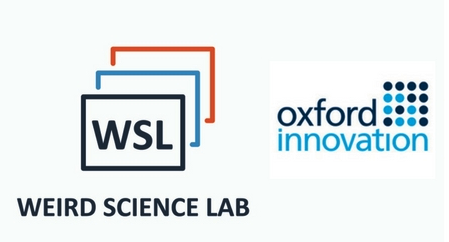Magic Leap rose from the dead, offering a feature that coils AR and VR for a more compact hardware option
Imagine a headset that mixes the real and digital via offering information invisible to the human eye due to natural limitations yet crucial for what you are working with or learning. Now on top of this, imagine that you may also transition into a fully VR space by a feature called 'global dimming,' allowing you to only focus on the information displayed via the goggles and then its display on the real-life matter at hand, or reverse. It sounds pretty functional, as Quartz writes.
This is what Magic Leap 2 will allow its customers to do once it's out in the market. The headset that comes with a controller -now with two new camera sensors to increase the accuracy of the movements- is quite ergonomic and can be worn just like glasses. But the crown jewel of its many revolutionary futures is the global dimming which shifts the goggles from being an AR headset to an immersive VR world. So how can it be used in STEM Education?
What if we could shift through AR and VR in a classroom to apply the knowledge gained in virtual reality to the world?
The company has provided many solutions in industry, health, and military; as these sectors have been a safe space for XR technologies to grow, it is still trying to build itself up. Yet imagine how the solutions ML2 presents to the world in these fields could be harnessed in STEM education once they are commercially available to a broader audience of sectors, such as education.
For instance, imagine an AI-powered simulation where computer vision meets reality through ML2 to show the underlying chemical processes within a chemical reaction, detect the measures of each independent and controlled variable to ensure success, assist the learner in the experiment process through AR; and if all or some tools aren't available, carry the experiment desired to VR. Or what would it look like if we could study the anatomy of different organs on living beings rather than dead ones, interacting with one another in their processes, and if one wishes to focus solely on one without regard to reality? Or how we would be able to seek crucial geometry of life to study them dimmed in the virtual reality for complete focus on its mathematical aspects for further studies.
Indeed, there are many solutions to many problems we face in STEM education through the global dimming feature, alongside many other innovations in the EdTech space.
The WSL Vision
WSL imagines a future in which education will be fully experiential and interactive in ethical boundaries and pedagogic requirements of the 21st century to ensure that all students across the globe are appropriately trained in STEM subjects to fund the global innovation toward a sustainable future. The company believes that VR-powered STEM education can bring science to life and expand the curriculum by ensuring better retainage of knowledge.

